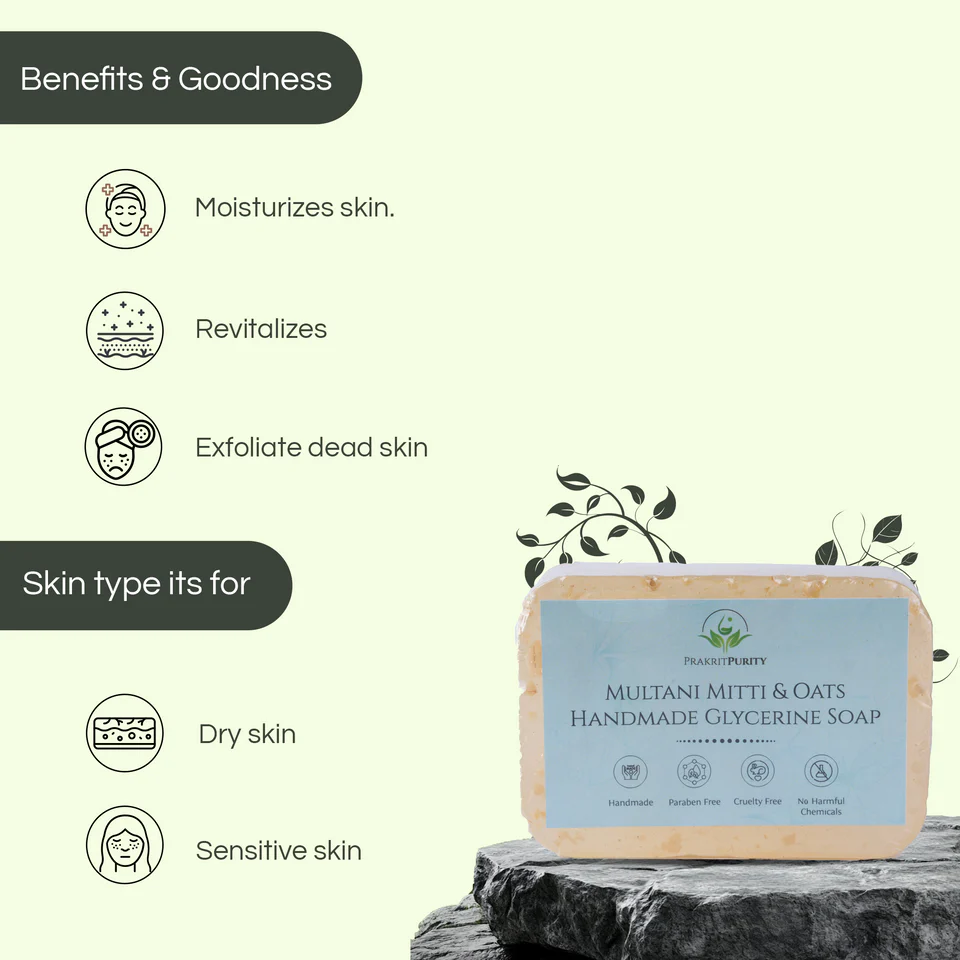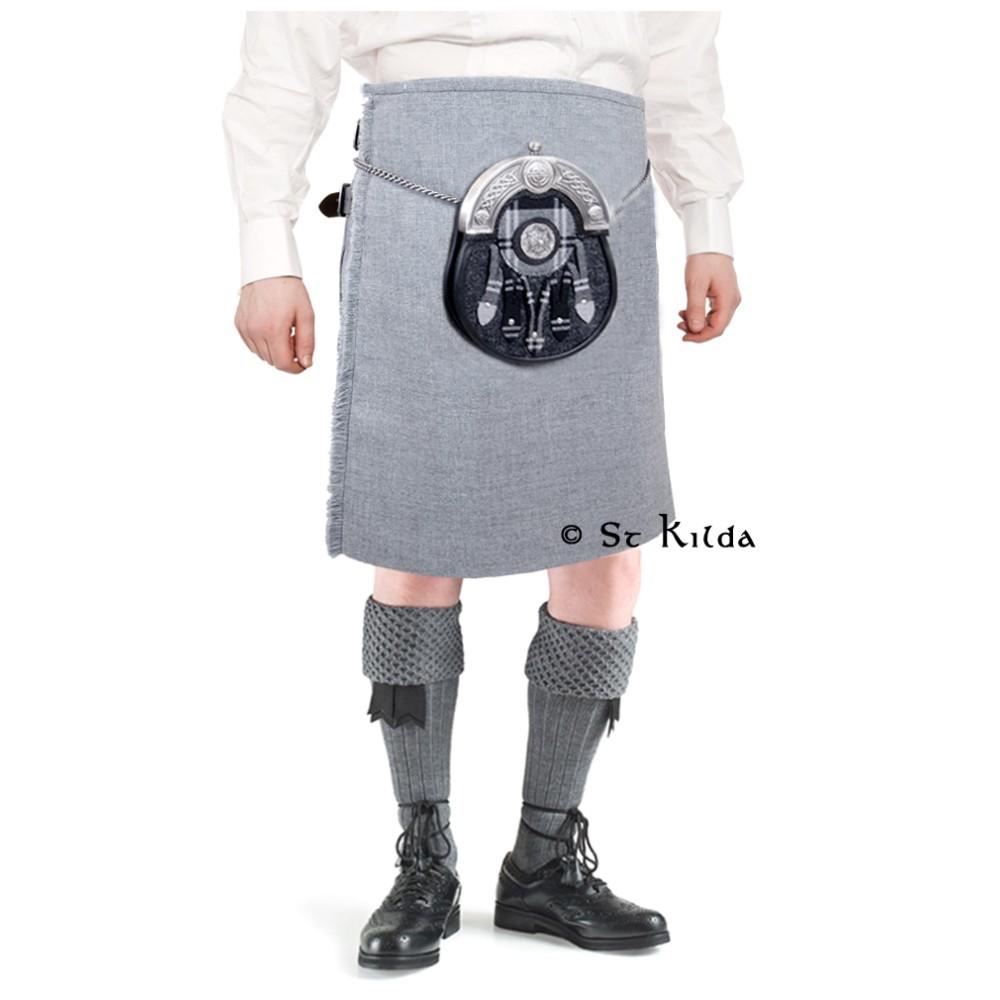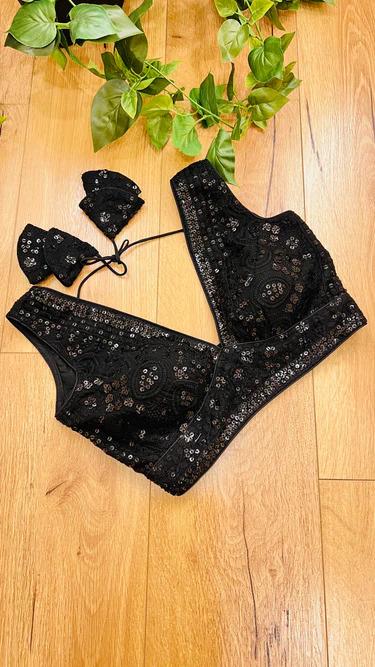The Factors That Influence Tattoo Removal Success
While laser technology has made tattoo removal widely effective, not all tattoos respond equally, and the journey to clear skin can vary significantly from person to person. Several key factors influence the success rate, the number of sessions required, and the final outcome. Understanding these variables can help set realistic expectations.
https://www.marketresearchfuture.com/reports/tattoo-removal-market-1701
Ink Color: This is one of the most critical factors.
Easiest to remove: Black, dark blue, and dark green inks absorb a broad spectrum of laser light efficiently and are generally the most responsive.
More challenging: Red, orange, yellow, purple, and white inks are harder to remove as they absorb different, often less common, laser wavelengths. White ink can sometimes oxidize and darken paradoxically with laser treatment.
Tattoo Age: Older tattoos tend to be easier to remove than newer ones. Over time, the body's immune system naturally attempts to clear some of the ink, causing older tattoos to fade and making the remaining ink more susceptible to laser treatment.
Tattoo Size and Density:
Size: Larger tattoos naturally require more time and more laser pulses per session, leading to more sessions overall.
Density: Professional tattoos typically have more dense and deeper ink placement compared to amateur tattoos. While amateur tattoos might be superficially placed and use less ink, professional tattoos often require more sessions due to the higher ink load and consistent depth. Layered tattoos (cover-ups) are also significantly more challenging.
Skin Type (Fitzpatrick Scale): The Fitzpatrick skin type classification (I-VI) assesses how skin reacts to sun exposure.
Lighter skin tones (Fitzpatrick I-III): Generally respond better to laser treatment as the laser energy is primarily absorbed by the tattoo ink, with less competition from skin melanin. This allows for higher, more effective laser settings.
Darker skin tones (Fitzpatrick IV-VI): Require more cautious laser settings to avoid unwanted side effects like hypopigmentation (lightening of the skin) or hyperpigmentation (darkening of the skin) due to melanin absorption. This means more sessions with lower energy settings, extending the treatment duration.
Tattoo Location: Areas with good blood circulation and proximity to lymph nodes tend to clear ink more efficiently because the body's immune system can more effectively transport fragmented ink away.
Easier to remove: Tattoos on the torso (back, chest) and neck often respond faster.
More challenging: Tattoos on extremities like the hands, feet, fingers, and ankles have poorer circulation, which can slow down the ink clearance process, requiring more sessions.
Immune System Health and Lifestyle:
Stronger immune system: A healthy immune system is better at clearing the fragmented ink particles.
Smoking: Studies have shown that smoking can significantly hinder tattoo removal success, likely due to its negative impact on circulation and the body's healing processes. Smokers may require substantially more sessions.
Overall health: General health and factors like hydration can also play a role.
Laser Technology and Practitioner Skill:
Advanced Lasers: Modern Q-switched and especially picosecond lasers are more effective than older technologies.
Experienced Practitioner: A skilled and experienced practitioner understands how to adjust laser settings based on the tattoo and skin type, optimizing results and minimizing side effects.
While some of these factors are beyond your control, understanding them can help you approach tattoo removal with realistic expectations and choose the most appropriate treatment plan for your specific tattoo.
The Factors That Influence Tattoo Removal Success
While laser technology has made tattoo removal widely effective, not all tattoos respond equally, and the journey to clear skin can vary significantly from person to person. Several key factors influence the success rate, the number of sessions required, and the final outcome. Understanding these variables can help set realistic expectations.
https://www.marketresearchfuture.com/reports/tattoo-removal-market-1701
Ink Color: This is one of the most critical factors.
Easiest to remove: Black, dark blue, and dark green inks absorb a broad spectrum of laser light efficiently and are generally the most responsive.
More challenging: Red, orange, yellow, purple, and white inks are harder to remove as they absorb different, often less common, laser wavelengths. White ink can sometimes oxidize and darken paradoxically with laser treatment.
Tattoo Age: Older tattoos tend to be easier to remove than newer ones. Over time, the body's immune system naturally attempts to clear some of the ink, causing older tattoos to fade and making the remaining ink more susceptible to laser treatment.
Tattoo Size and Density:
Size: Larger tattoos naturally require more time and more laser pulses per session, leading to more sessions overall.
Density: Professional tattoos typically have more dense and deeper ink placement compared to amateur tattoos. While amateur tattoos might be superficially placed and use less ink, professional tattoos often require more sessions due to the higher ink load and consistent depth. Layered tattoos (cover-ups) are also significantly more challenging.
Skin Type (Fitzpatrick Scale): The Fitzpatrick skin type classification (I-VI) assesses how skin reacts to sun exposure.
Lighter skin tones (Fitzpatrick I-III): Generally respond better to laser treatment as the laser energy is primarily absorbed by the tattoo ink, with less competition from skin melanin. This allows for higher, more effective laser settings.
Darker skin tones (Fitzpatrick IV-VI): Require more cautious laser settings to avoid unwanted side effects like hypopigmentation (lightening of the skin) or hyperpigmentation (darkening of the skin) due to melanin absorption. This means more sessions with lower energy settings, extending the treatment duration.
Tattoo Location: Areas with good blood circulation and proximity to lymph nodes tend to clear ink more efficiently because the body's immune system can more effectively transport fragmented ink away.
Easier to remove: Tattoos on the torso (back, chest) and neck often respond faster.
More challenging: Tattoos on extremities like the hands, feet, fingers, and ankles have poorer circulation, which can slow down the ink clearance process, requiring more sessions.
Immune System Health and Lifestyle:
Stronger immune system: A healthy immune system is better at clearing the fragmented ink particles.
Smoking: Studies have shown that smoking can significantly hinder tattoo removal success, likely due to its negative impact on circulation and the body's healing processes. Smokers may require substantially more sessions.
Overall health: General health and factors like hydration can also play a role.
Laser Technology and Practitioner Skill:
Advanced Lasers: Modern Q-switched and especially picosecond lasers are more effective than older technologies.
Experienced Practitioner: A skilled and experienced practitioner understands how to adjust laser settings based on the tattoo and skin type, optimizing results and minimizing side effects.
While some of these factors are beyond your control, understanding them can help you approach tattoo removal with realistic expectations and choose the most appropriate treatment plan for your specific tattoo.







